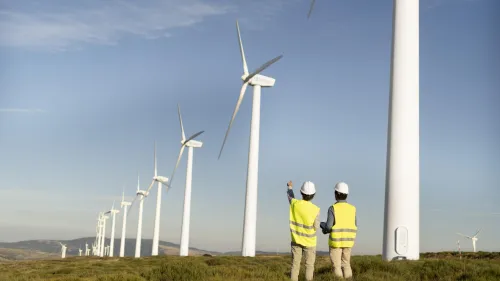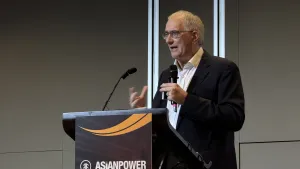
How new cement players shaping the industry's future for net zero
More cementitious producers are expected to emerge amidst calls for decarbonisation.
With cement accounting for about 7% of total greenhouse gas emissions, calls for the cement industry to reduce greenhouse gas emissions intensify. This is not surprising as carbon dioxide gets directly released during cement production, McKinsey & Company said.
Since research suggests that the cement industry will remain stable until 2050, producers are being called to kickstart efforts in reducing emissions to keep up with industry and global targets.
This shift in the market is also seen to pave the way for new cementitious producers to enter the market. They might be in the form of the following.
Low-cost traditional cement players
These are the last remaining traditional cement producers whose focus will be on lowering their costs in an effort to have a greater market share. They are expected to be small to medium-sized players who are exploring the limits of traditional levers. As a staple in slow-to-decarbonise markets, they will maximise energy efficiency and avoid alternative fuels.
Retrofitted lower-carbon-cement producers
Cement producers can also leverage decarbonisation technologies like carbon capture, utilisation, and storage (CCUS) and complement these with cementitious solutions. This will allow them to be retrofitted to manufacture cement with low-to-net zero carbon.
Lower-carbon clinker and cement disruptors
Other than existing players with new strategies, disruptors are also expected to enter the market with lower carbon clinker and cement deals. These new players with CCUS capabilities can immediately have the ability to produce net-zero cement. However, these could still have varying levels of emission, depending on the materials used and the process of production.
Specialised players monetizing CO2 (mineralisation)
Another landscape to be explored is monetising carbon dioxide through mineralization. Carbonated recycled waste and carbon dioxide can be utilised in the production of concrete during both the manufacturing and curing processes.
Additional efforts in reducing carbon footprint and potentially reaching net zero might entail additional costs, which is why cement players should strategise to stay on top of a shifting market. Both existing industry players and disruptors must explore investing in innovative technologies to have the capacity to lead a sustainable industry in the years to come.












